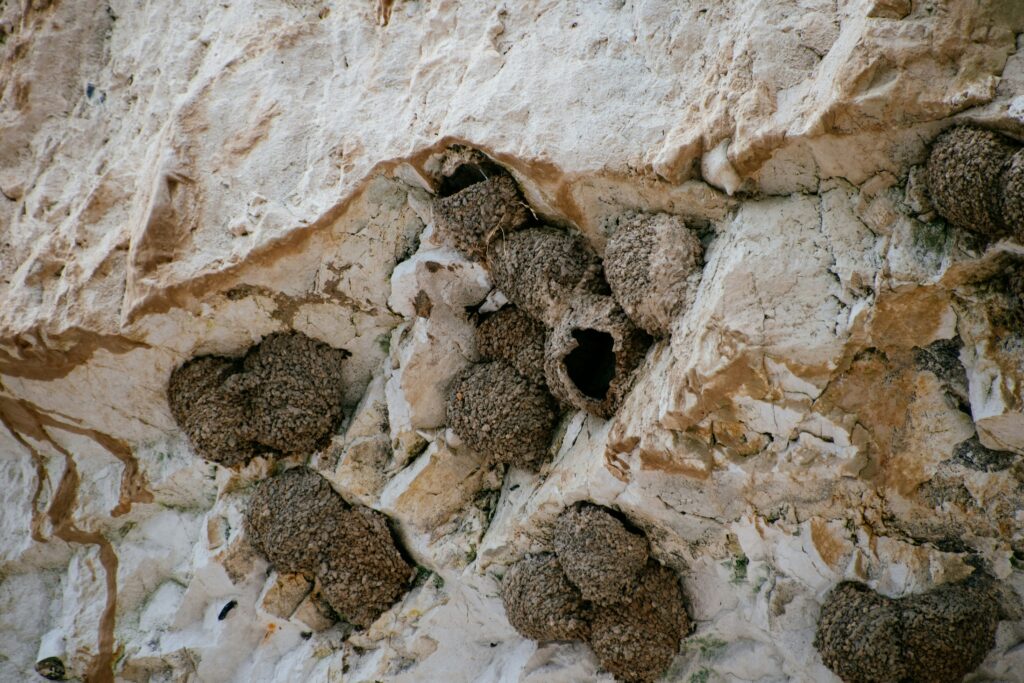Beneath our feet lies a world of architectural marvels that rivals human engineering – the intricate underground cities built by termites. These remarkable social insects create sprawling colonies that can house millions of individuals in climate-controlled environments that maintain stable temperatures and humidity levels year-round. Despite lacking formal education or central planning, termite colonies construct structures with sophisticated ventilation systems, agricultural chambers, and defensive fortifications that would make human architects envious. Their ability to create self-regulating microclimates in harsh environments demonstrates one of nature’s most impressive examples of collective intelligence. This article explores the fascinating methods termites use to build and maintain their underground metropolises, complete with natural air conditioning systems that keep their colonies comfortable despite extreme external conditions.
The Master Architects of the Insect World

Termites represent some of nature’s most accomplished builders, creating structures that can reach up to 30 feet in height in some species, equivalent to a human constructing a building over a mile tall. These social insects work collectively, with millions of individuals coordinating their efforts without any central command structure or blueprint. What makes their architectural feats even more impressive is that termites are essentially blind, relying on chemical signals, touch, and vibration to communicate and coordinate their building activities. Their construction methods have evolved over 150 million years, resulting in highly optimized structures that maintain stable internal environments despite fluctuating external conditions. The termite’s ability to engineer climate-controlled habitats has inspired human architects to design more energy-efficient buildings based on their passive cooling principles.
Evolution of Termite Engineering
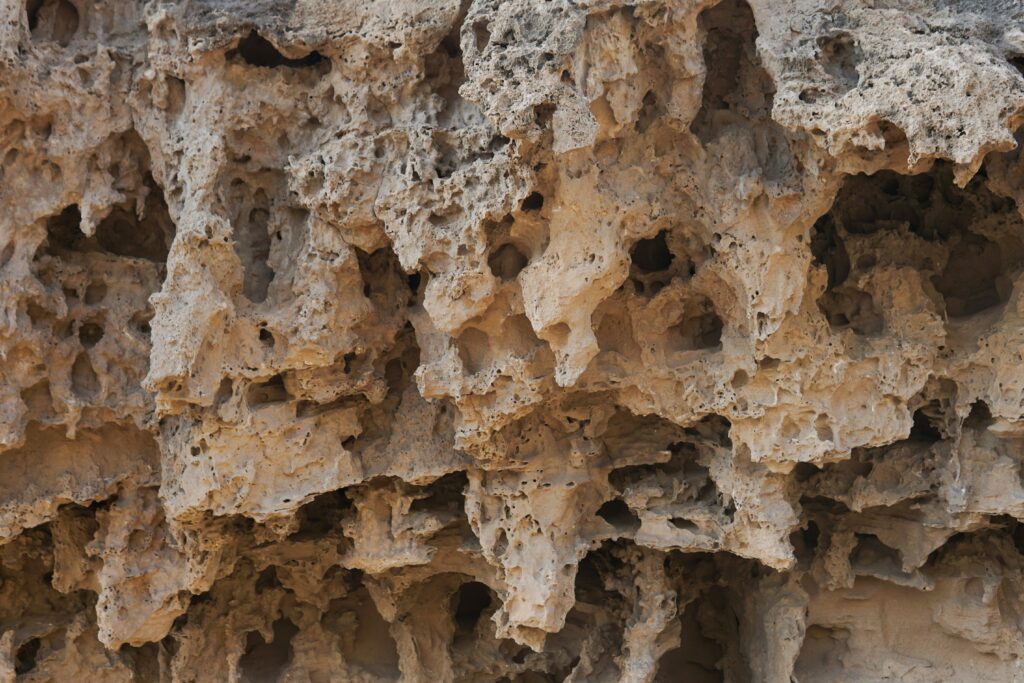
Termite construction abilities didn’t appear overnight but evolved over millions of years as these insects adapted to diverse environments across the globe. Early termite species likely built simple underground tunnels, gradually developing more complex structures as evolutionary pressures favored colonies that could better regulate their internal environments. Different termite species evolved distinct architectural styles to suit their specific habitats, from the towering mounds of African Macrotermes to the subterranean labyrinths of Reticulitermes in North America. The engineering principles that guide termite construction have remained remarkably consistent across species, suggesting these methods represent optimal solutions discovered through evolutionary trial and error. Fossil evidence indicates that termites have been building sophisticated structures for at least 30 million years, showing that their architectural expertise predates human civilization by a vast margin.
The Colony’s Social Structure
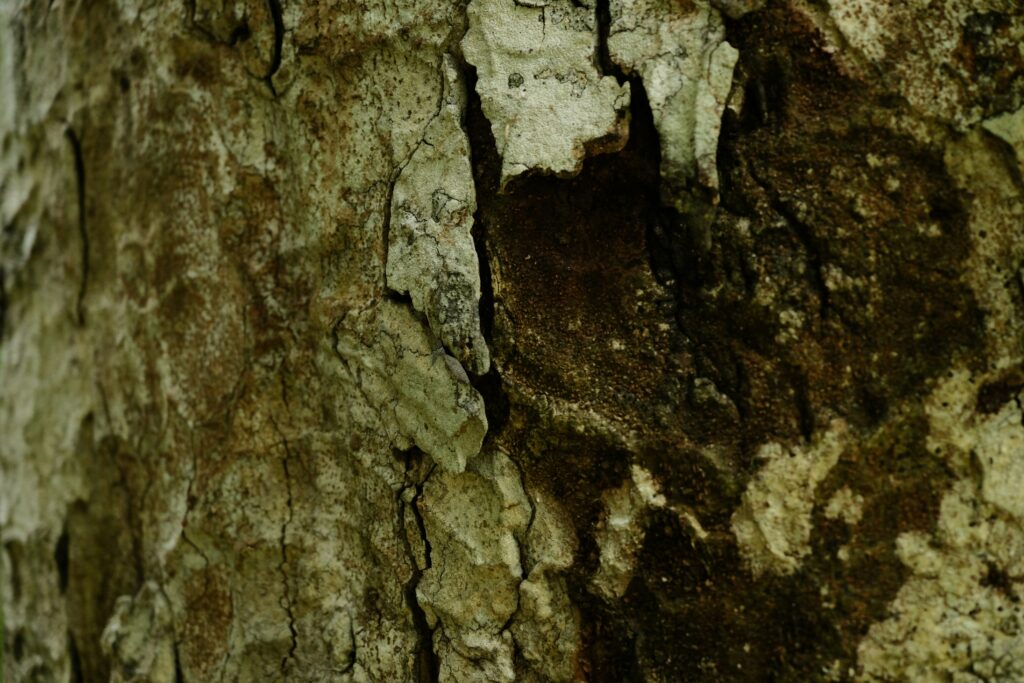
Understanding how termites build requires knowledge of their highly specialized social organization, which divides labor among distinct castes with specific roles. The worker termites, which comprise the majority of the colony, are responsible for construction, foraging, and maintenance of the nest. Soldier termites, with their enlarged mandibles or chemical defense mechanisms, protect the colony from threats but do not participate in building activities. At the center of the colony is the reproductive pair—the king and queen—with the queen capable of laying thousands of eggs daily in mature colonies. This social structure enables termites to undertake massive construction projects through distributed coordination, with each worker making small contributions that collectively result in complex architectural feats. The efficiency of this system allows colonies to rapidly repair damage and adapt their structures to changing environmental conditions.
Materials Science: Termite Construction Techniques

Termites are natural materials scientists, creating durable building materials from simple ingredients found in their environment. Most species combine soil particles with saliva and fecal matter to create a cement-like substance that hardens to remarkable strength when dry. This biological concrete can withstand significant compression forces and resist water penetration, making termite structures surprisingly durable. Some species incorporate chewed wood fibers into their building material, creating a natural composite similar to human-made fiber-reinforced concrete. The composition of termite building material varies based on available resources, with desert species using more clay and tropical species incorporating more organic matter. Through countless generations of refinement, termites have developed construction materials that optimize durability, insulation properties, and resource efficiency.
Architectural Design of Termite Mounds
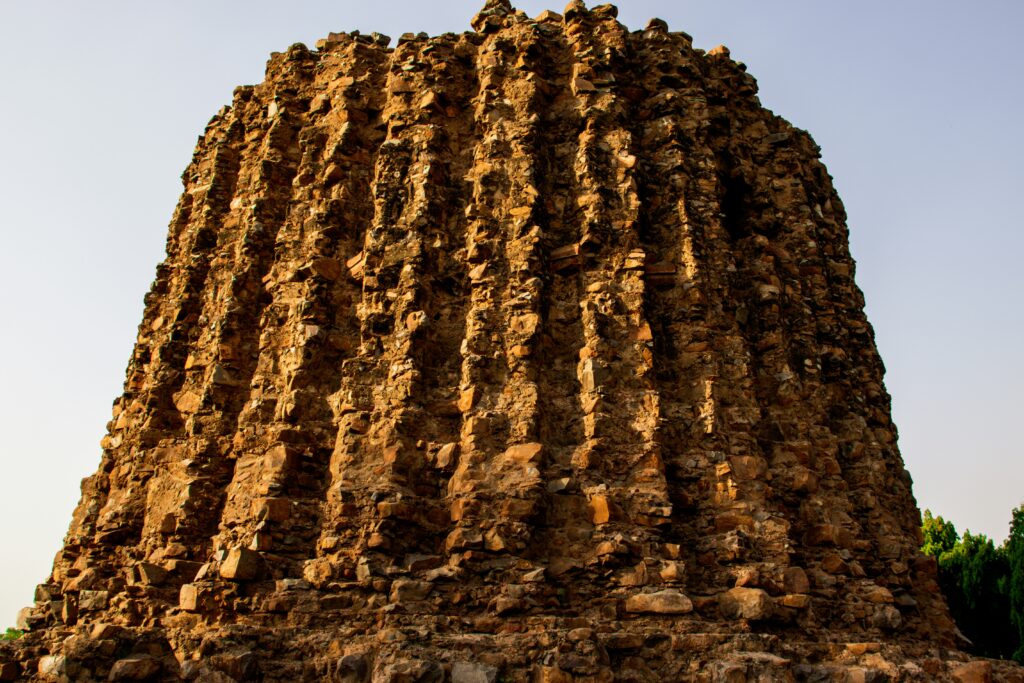
The external structure of termite mounds represents one of nature’s most impressive architectural achievements, with designs that vary dramatically based on species and environment. Compass termites build wedge-shaped mounds oriented along a north-south axis to minimize exposure to the intense midday sun while maximizing warming from morning and afternoon sunlight. Cathedral termites construct towering spires that can reach heights of 20 feet or more, with the vertical structure facilitating heat exchange through the chimney effect. Australian magnetic termites build mounds with remarkable precision along magnetic field lines, creating thin structures that minimize solar heat gain while maximizing surface area for cooling. The external shape of these mounds is not random but carefully evolved to optimize internal climate control based on local environmental conditions. These diverse architectural styles demonstrate how termite colonies have adapted their building techniques to thrive across widely varying habitats.
Underground Chamber Systems

Beneath the visible portion of termite mounds lies an extensive network of specialized chambers and tunnels that serve distinct functions within the colony. The royal chamber houses the king and queen in a heavily fortified room with thick walls and limited access points for defense. Nursery chambers maintain specific temperature and humidity conditions optimal for egg development and care of young termites. Fungus-farming termite species construct elaborate fungus gardens where they cultivate their food source on pre-digested plant material in chambers with precisely controlled microclimates. Storage chambers hold food reserves and building materials, strategically positioned for efficient access by worker termites. This underground complex can extend several meters below the surface, with some mature colonies containing hundreds of specialized chambers connected by an intricate network of tunnels and corridors.
The Mound’s Ventilation System

The most remarkable feature of termite architecture is perhaps their sophisticated ventilation system that functions without mechanical parts or external power. Termite mounds contain a complex network of air channels that harness natural physical principles to create continuous airflow through the structure. These channels vary in size and orientation, creating a pressure gradient that draws fresh air into the colony while expelling carbon dioxide and excess humidity. The ventilation system typically includes peripheral air channels near the mound surface that are affected by external temperature fluctuations and wind, creating pressure differentials that drive air circulation. Internal chimneys rise through the center of the mound, utilizing the stack effect to pull stale air upward and out of the colony. This passive ventilation system maintains oxygen levels and removes waste gases while contributing to temperature regulation throughout the structure.
Temperature Regulation Mechanisms
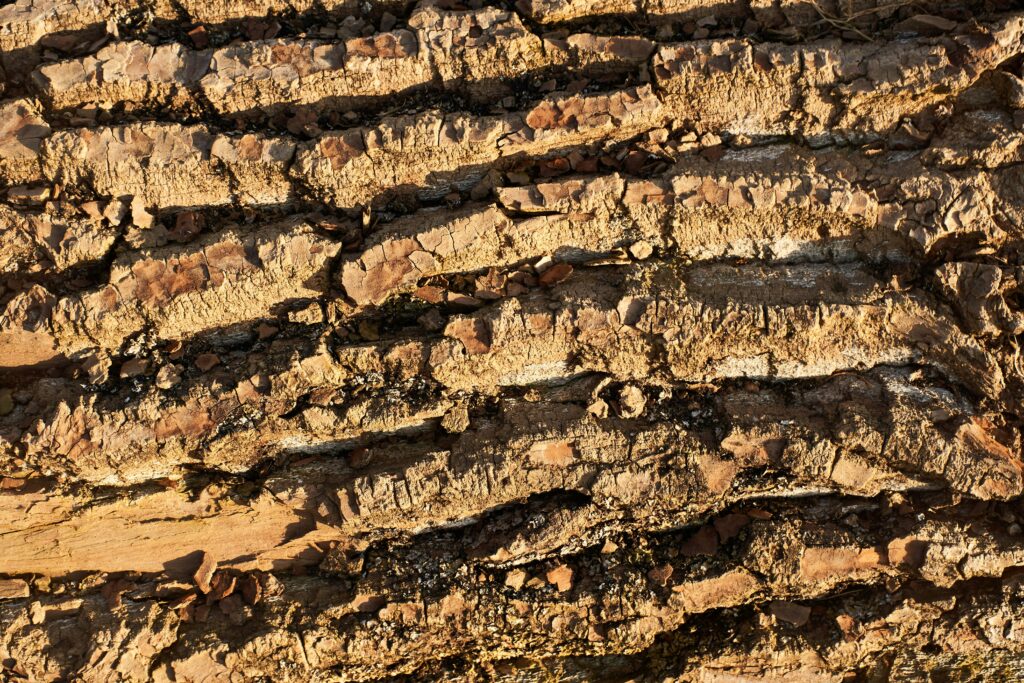
Termites maintain remarkably stable internal temperatures despite extreme external fluctuations through several ingenious mechanisms. The thick walls of termite mounds provide substantial thermal mass that absorbs heat during the day and releases it slowly at night, dampening temperature swings. In species like Macrotermes, workers actively modify the ventilation system by opening or closing certain tunnels in response to temperature changes, effectively creating an adjustable thermostat. Some termite species construct special heat exchange chambers where hot air from the colony passes near cooler air channels without mixing, allowing heat transfer while maintaining separate airflows. In hot climates, certain species build evaporative cooling systems where moist chambers adjacent to ventilation channels create cooling through water evaporation. These multiple temperature regulation mechanisms work in concert to maintain the narrow temperature range (typically 86-89°F or 30-32°C) required for optimal termite activity and fungus cultivation.
Humidity Control Systems

Equally important to temperature regulation is humidity control, as termites require high humidity levels to prevent their soft bodies from desiccating. Termite colonies actively manage moisture through specialized structures and behaviors that maintain humidity between 90-98% regardless of external conditions. Water reservoirs at the colony’s lower levels provide moisture that naturally evaporates and rises through the structure, creating a humidity gradient. In dry environments, termites dig tunnel systems that reach down to the water table, allowing them to transport water upward into the colony. During excessive rainfall, drainage channels direct water away from critical chambers to prevent flooding. Worker termites continuously adjust the internal architecture, opening or sealing passages to regulate airflow and thereby control evaporation rates throughout the colony. This precise humidity control is essential not only for termite survival but also for maintaining the fungus gardens that some species depend on for food.
Defense Integration in Architectural Design
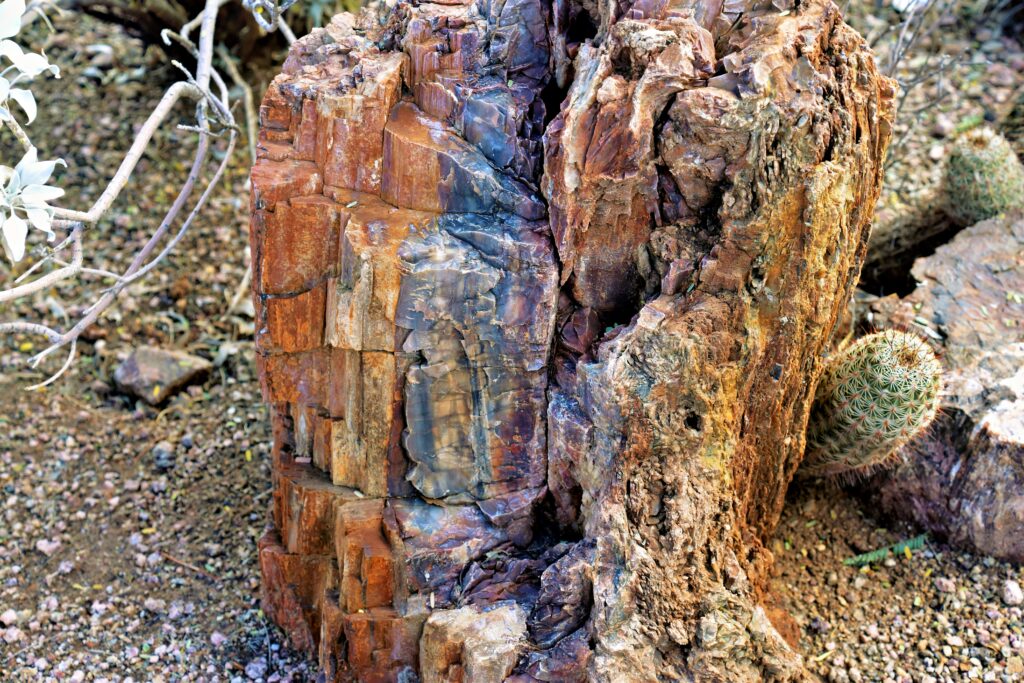
Termite architecture incorporates sophisticated defensive elements that protect the colony from predators and environmental threats. The outer walls of termite mounds are significantly harder and thicker than internal structures, creating a protective shell that deters many potential attackers. Entry points to the colony are deliberately small and easily defended by soldier termites positioned at these choke points. Many species construct maze-like entry corridors that disorient predators and create multiple defensive positions where invaders can be contained. The royal chamber, housing the irreplaceable reproductive pair, is typically situated deep within the colony and surrounded by multiple layers of protective walls with restricted access tunnels. These defensive features are seamlessly integrated with the ventilation and climate control systems, demonstrating how termite architecture balances multiple functional requirements simultaneously.
Collective Intelligence in Construction

The construction of termite mounds represents one of nature’s most compelling examples of emergent intelligence, where complex structures arise from simple individual behaviors without centralized planning. Individual termites follow basic rules regarding where to deposit building material based on concentrations of pheromones and the presence of existing structures. These simple behaviors, multiplied across millions of workers, result in coherent construction patterns that appear to follow a master plan despite no individual termite understanding the overall design. Termites use a form of stigmergy, where the current state of the construction guides future building actions, creating a feedback loop that coordinates collective activity. Experiments have shown that if a portion of a termite mound is damaged, workers will repair it to match the original design without instructions or reference to a template. This decentralized construction method allows for both standardized building techniques and adaptive responses to local conditions or colony needs.
Adapting to Environmental Challenges
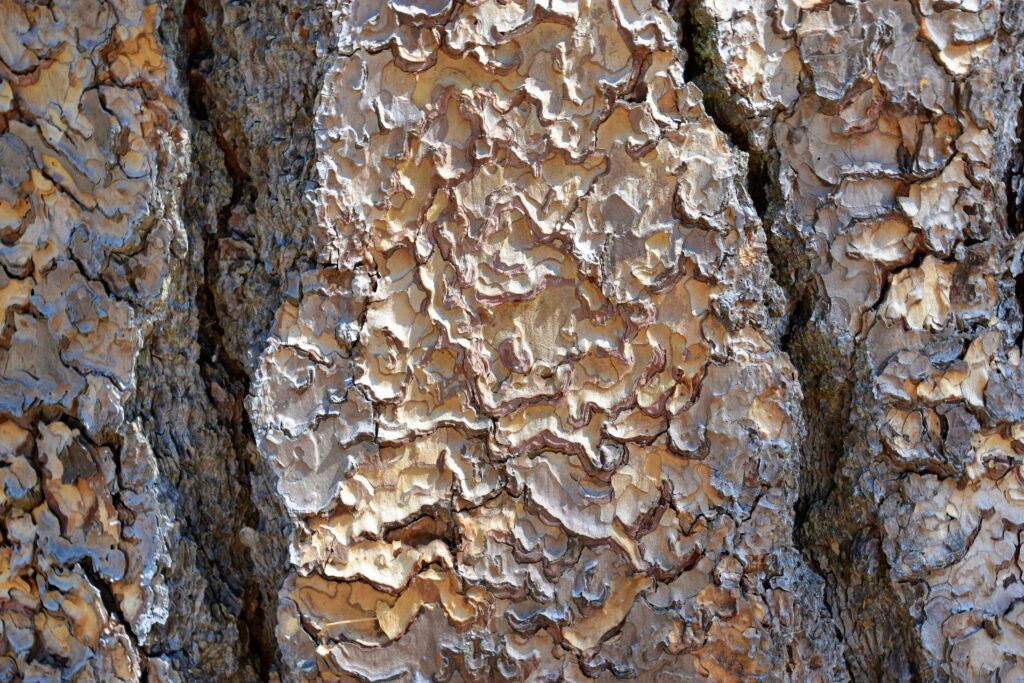
Termite colonies demonstrate remarkable adaptability in their architectural responses to environmental challenges and changes. In regions with annual flooding, termites construct water-resistant outer walls and elevated chambers that remain dry even when surrounding areas are inundated. Colonies in areas with seasonal temperature extremes may build deeper underground components for summer cooling and more exposed structures to capture winter warmth. Some species respond to prolonged drought by sealing most external openings and reducing colony size to conserve moisture and resources. When faced with persistent threats from specific predators, colonies may modify their defensive structures over time, such as increasing wall thickness or changing entry point designs. This adaptive capacity is enabled by the collective intelligence of the colony, allowing continuous refinement of architectural features in response to environmental feedback over generations.
Lessons for Human Sustainable Architecture
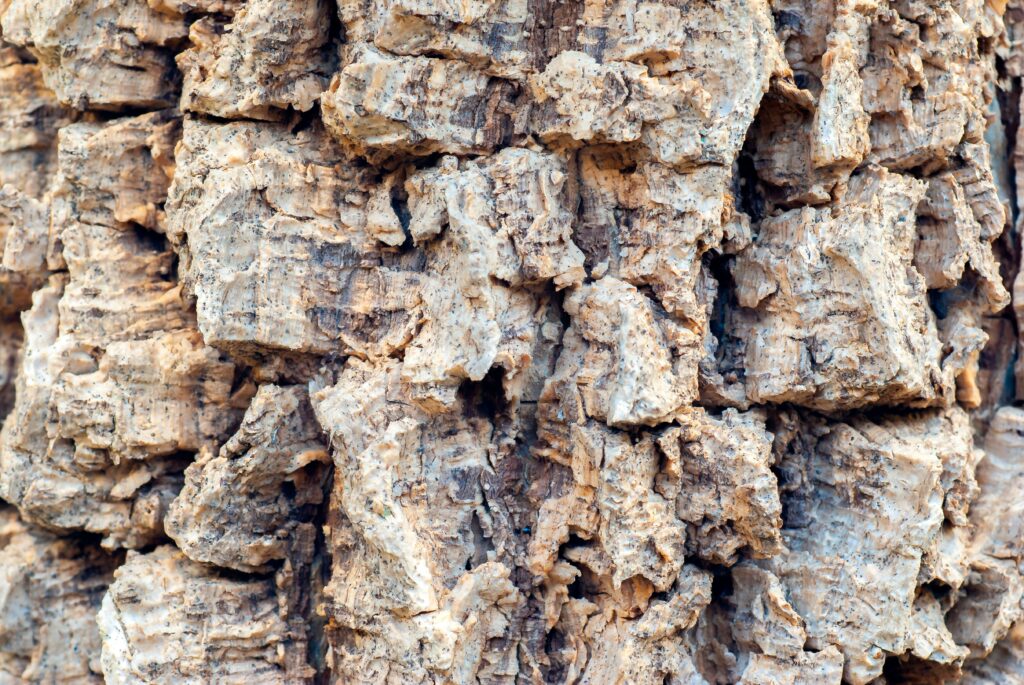
The remarkable efficiency of termite climate control systems has increasingly attracted attention from human architects seeking sustainable building solutions. The Eastgate Centre in Harare, Zimbabwe, was directly inspired by termite mound ventilation, using similar passive cooling principles to reduce energy consumption by 90% compared to conventional buildings of similar size. Termite construction techniques have influenced developments in self-healing concrete, where embedded bacteria can repair cracks and damage similar to how termites continuously maintain their structures. The decentralized construction methods of termites have influenced algorithmic approaches to architectural design, particularly in creating buildings that can adapt to changing environmental conditions. As humanity faces climate change challenges, the 150 million years of evolutionary refinement behind termite architecture offers valuable insights for creating energy-efficient buildings that maintain comfortable internal environments with minimal resource use.
Conclusion
Termite colonies represent one of nature’s most sophisticated examples of collective engineering, creating structures that regulate temperature, humidity, and air quality without external power sources. These remarkable insects have evolved building techniques that enable them to thrive in diverse environments from deserts to rainforests, maintaining ideal living conditions despite extreme external variations. Their construction methods—combining simple individual behaviors into complex collective outcomes—demonstrate principles that increasingly influence human sustainable architecture. As we face growing challenges from climate change and resource limitations, the humble termite offers valuable lessons in how to create comfortable living spaces through passive design rather than energy-intensive mechanical systems. These tiny architects, building their air-conditioned cities grain by grain, remind us that some of nature’s most elegant solutions emerge not from centralized planning but from the accumulated wisdom of evolutionary adaptation.

